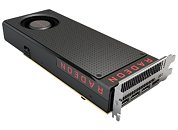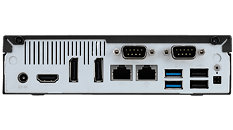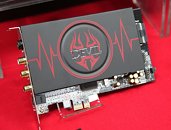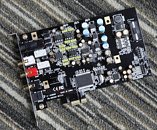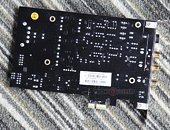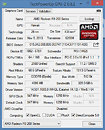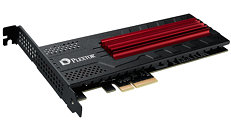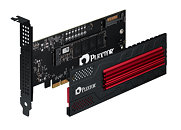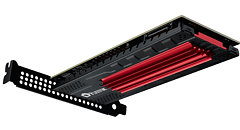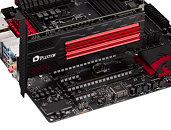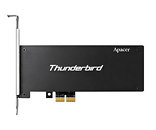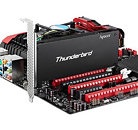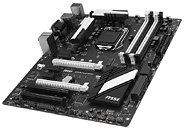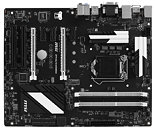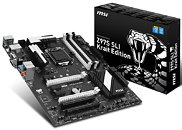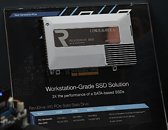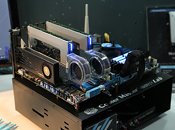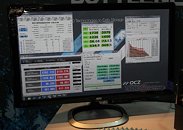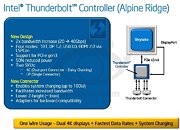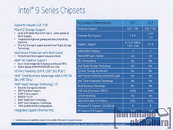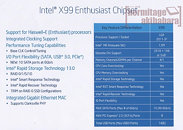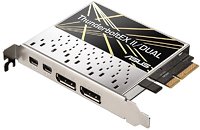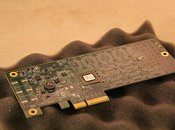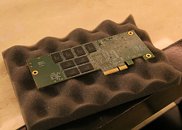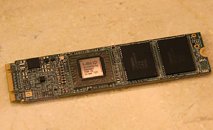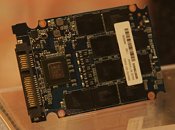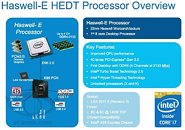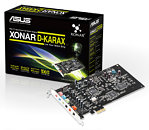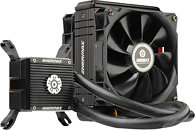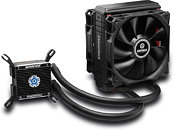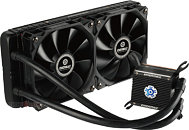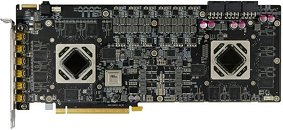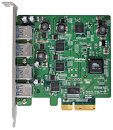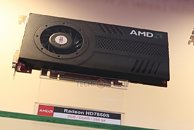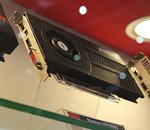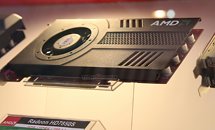
Official Statement from AMD on the PCI-Express Overcurrent Issue
AMD sent us this statement in response to growing concern among our readers that the Radeon RX 480 graphics card violates PCI-Express power specification, by overdrawing power from its single 6-pin PCIe power connector and the PCI-Express slot. Combined, the total power budged of the card should be 150W, however, it was found to draw well over that power limit.
AMD has had out-of-spec power designs in the past with the Radeon R9 295X2, for example, but that card is targeted at buyers with reasonably good PSUs. The RX 480's target audience could face troubles powering the card. Below is AMD's statement on the matter. The company stated that it's working on a driver update that could cap the power at 150W. It will be interesting to see how that power-limit affects performance.
AMD has had out-of-spec power designs in the past with the Radeon R9 295X2, for example, but that card is targeted at buyers with reasonably good PSUs. The RX 480's target audience could face troubles powering the card. Below is AMD's statement on the matter. The company stated that it's working on a driver update that could cap the power at 150W. It will be interesting to see how that power-limit affects performance.
"As you know, we continuously tune our GPUs in order to maximize their performance within their given power envelopes and the speed of the memory interface, which in this case is an unprecedented 8 Gbps for GDDR5. Recently, we identified select scenarios where the tuning of some RX 480 boards was not optimal. Fortunately, we can adjust the GPU's tuning via software in order to resolve this issue. We are already testing a driver that implements a fix, and we will provide an update to the community on our progress on Tuesday (July 5, 2016)."
